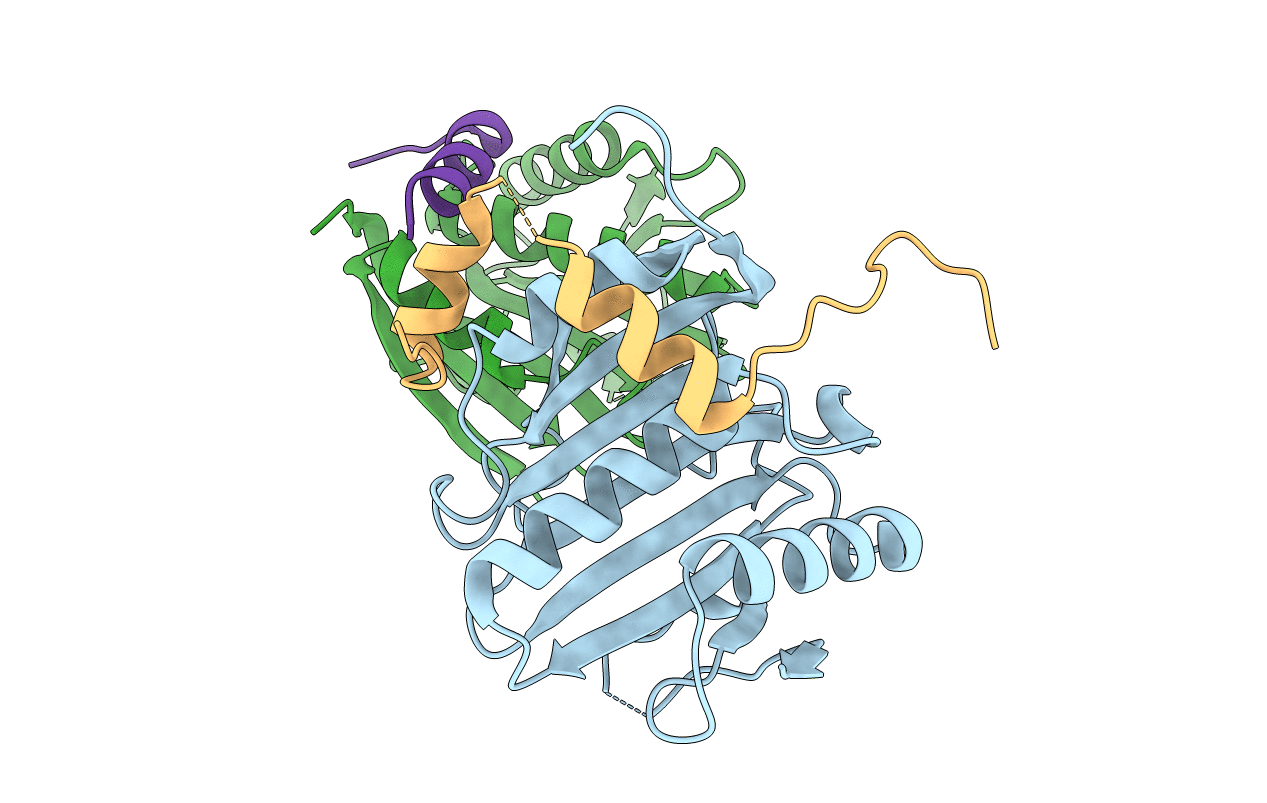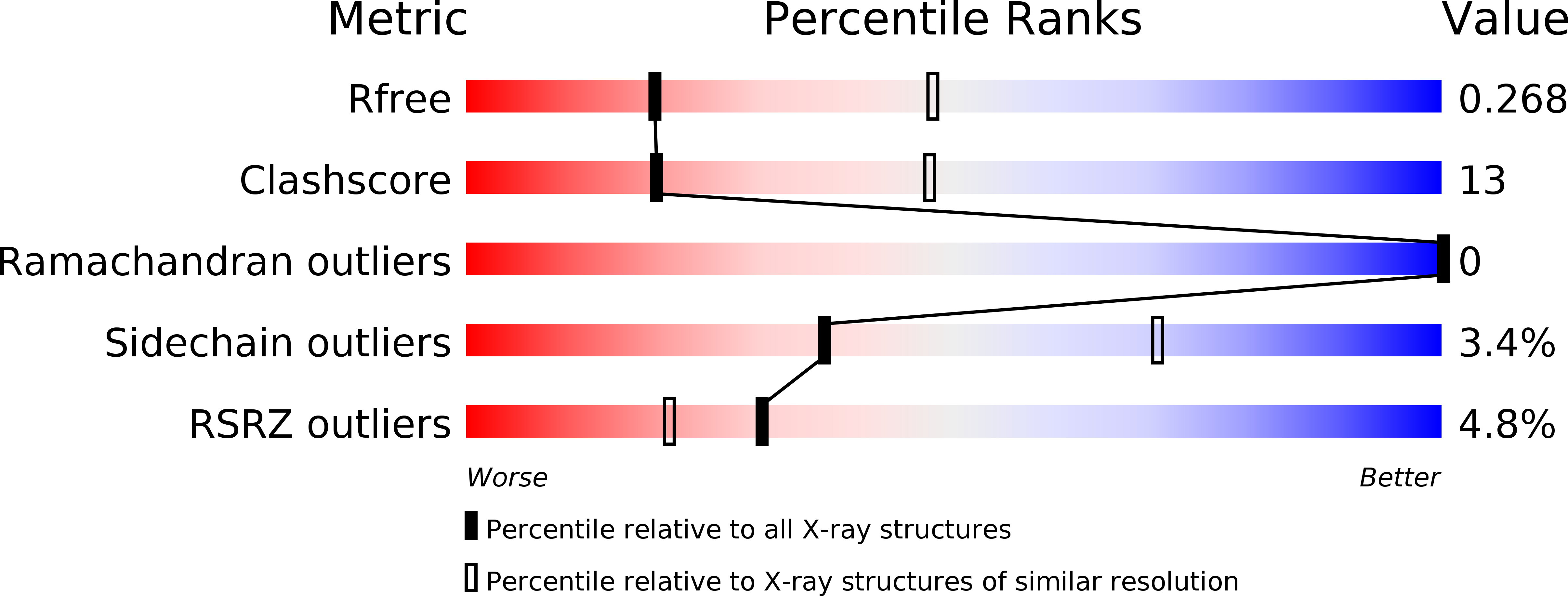
Deposition Date
2012-06-12
Release Date
2012-08-29
Last Version Date
2023-12-20
Entry Detail
Biological Source:
Source Organism:
DROSOPHILA MELANOGASTER (Taxon ID: 7227)
Host Organism:
Method Details:
Experimental Method:
Resolution:
2.80 Å
R-Value Free:
0.24
R-Value Work:
0.22
R-Value Observed:
0.22
Space Group:
P 61 2 2


